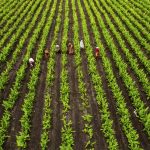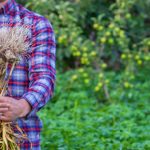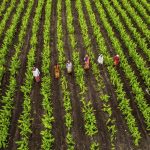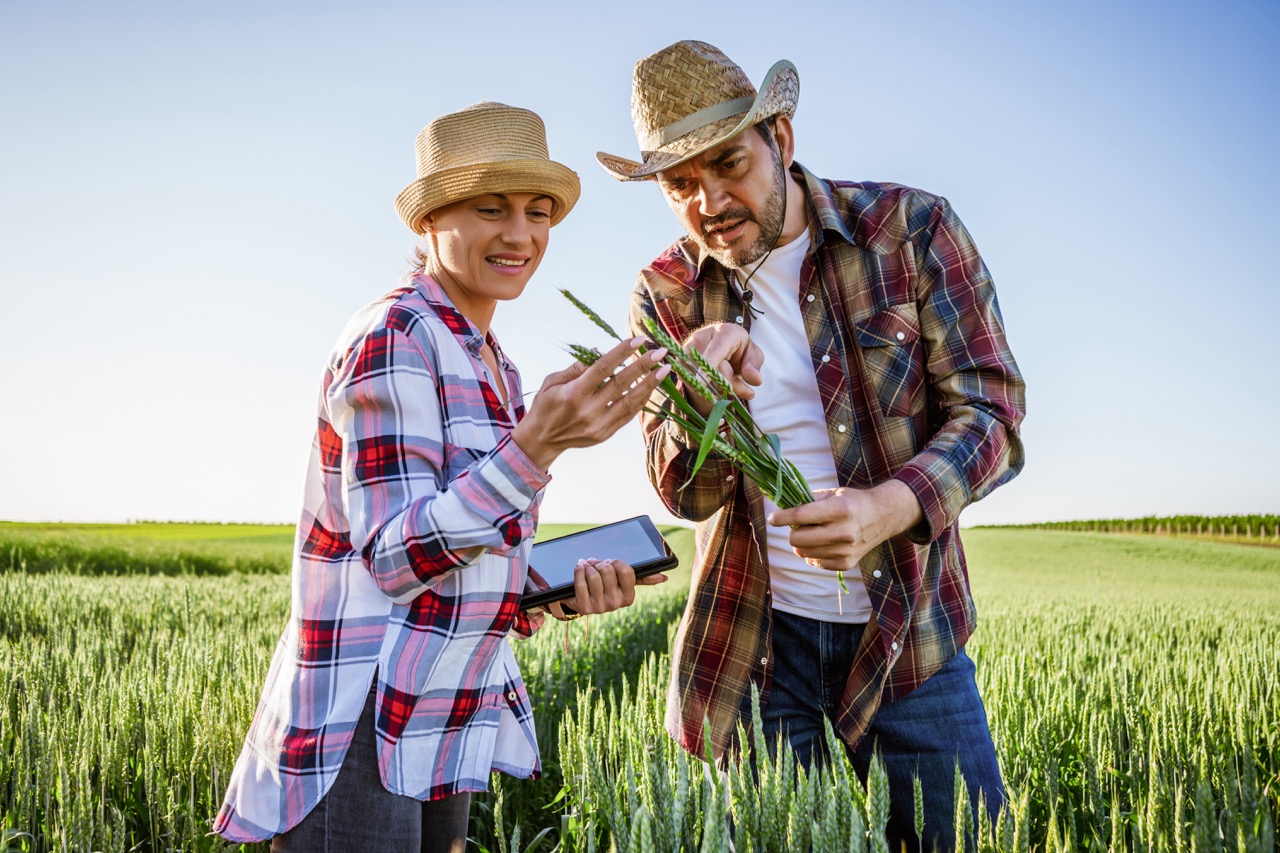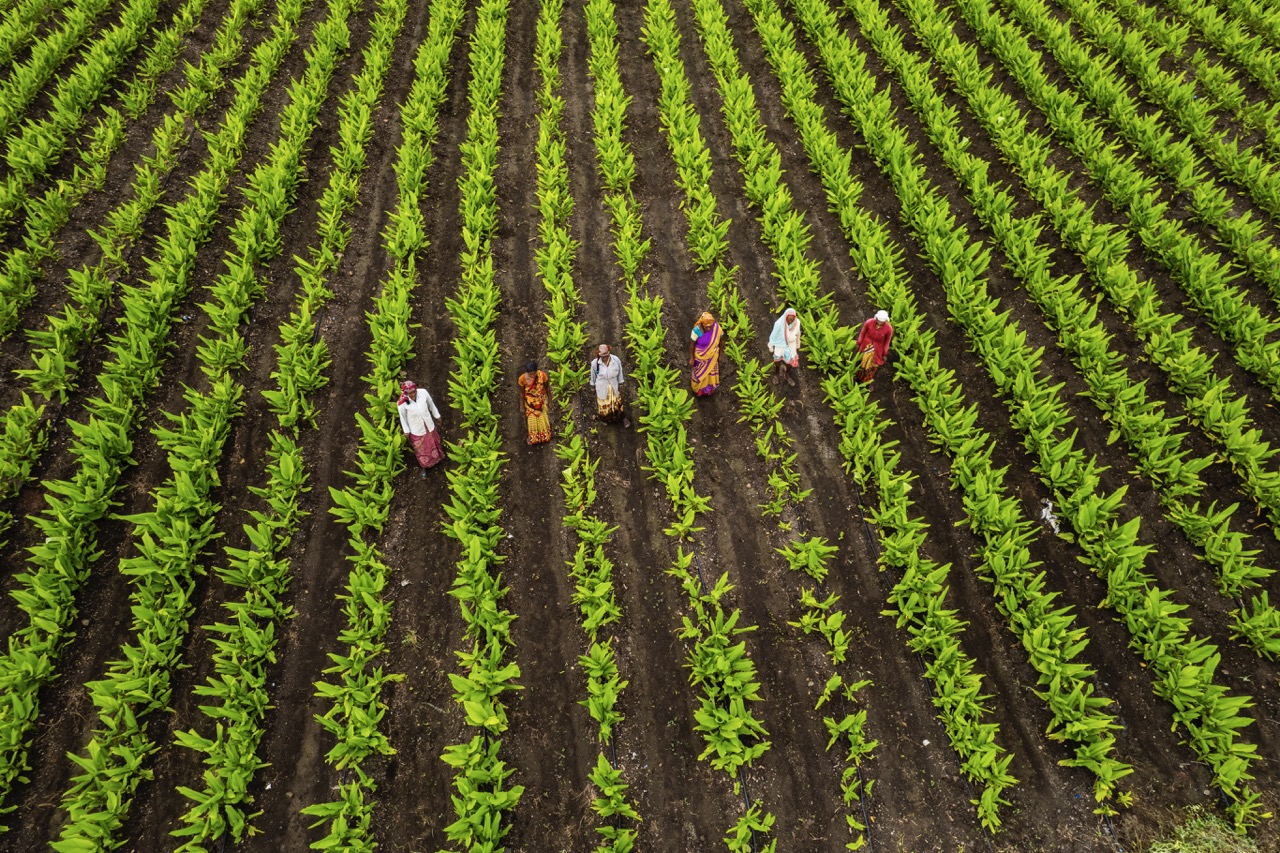Sharecropping, a system that emerged in the Southern United States after the Civil War, has long been a contentious issue in agricultural discourse. While often viewed through the lens of economic exploitation and social inequality, its role in enhancing agricultural education warrants a deeper exploration. This article delves into the historical roots of sharecropping, its connection to agricultural education, the learning opportunities it presents in rural areas, and the potential for future improvements in educational frameworks through this agricultural practice.
Understanding Sharecropping: A Historical Perspective
Sharecropping originated in the aftermath of the Civil War as a means for landowners to maintain agricultural productivity while providing newly freed African Americans with a way to earn a living. This system allowed landowners to rent out parcels of land to sharecroppers, who would work the land in exchange for a share of the crop yield. Although it aimed to empower individuals with limited resources, it often resulted in a cycle of debt and dependency, limiting the sharecroppers’ ability to improve their economic standing.
Historically, sharecropping was not just an economic arrangement; it was also an educational one, albeit indirectly. Sharecroppers had to learn the intricacies of agriculture, including crop selection, soil management, and seasonal cycles, often through trial and error. This experiential learning was crucial in an era when formal agricultural education was scarce, particularly for African Americans in the South. Thus, sharecropping inadvertently became a pathway for practical agricultural knowledge that would be essential for future generations.
Moreover, the sharecropping model laid the groundwork for community knowledge sharing. Sharecroppers often exchanged information with one another, discussing best practices, pest control methods, and crop rotation strategies. This informal education network was vital in rural areas, where access to formal schooling was limited, enabling families to maintain agricultural productivity and resilience amidst economic challenges.
Agricultural Education: Bridging Theory and Practice
Agricultural education integrates theoretical knowledge with practical skills necessary for effective farming. It emphasizes the importance of understanding scientific principles behind crop production, pest management, and soil health, which are critical for the sustainable development of agriculture. This education often takes place in academic settings, such as colleges and universities, but its effectiveness can be greatly enhanced by real-world applications.
Incorporating sharecropping into agricultural education programs can provide invaluable hands-on experiences for students. By working alongside sharecroppers, students can observe and participate in actual farming practices, gaining insights that textbooks alone cannot offer. This experiential learning fosters a deeper understanding of the challenges and innovations in agriculture, equipping future farmers and agribusiness professionals with the skills they need to thrive.
Furthermore, agricultural education can benefit from the rich histories and cultural practices that sharecroppers bring to the table. Many sharecroppers possess traditional knowledge about local ecosystems that can complement scientific research. By integrating this local wisdom into educational curricula, institutions can create a more holistic approach to agricultural education that values both innovation and tradition.
Sharecropping’s Impact on Rural Learning Opportunities
In rural communities, sharecropping plays a vital role in creating informal educational environments that foster agricultural skills and knowledge. These communities often lack access to traditional educational resources, making sharecropping a key mechanism for learning about agriculture. Through collaboration and shared experiences, individuals can develop essential skills, ranging from basic farming techniques to advanced agricultural practices.
Additionally, sharecropping encourages mentorship within the community. Experienced sharecroppers often take on roles as informal educators, guiding newer farmers through the intricacies of the agricultural process. This mentorship not only enhances the skills of emerging farmers but also strengthens community ties, fostering a collective sense of responsibility and knowledge preservation.
Moreover, the economic challenges faced by sharecroppers can prompt innovative problem-solving and adaptation, further enriching the educational experience. As they navigate issues like crop failures or market fluctuations, sharecroppers learn to think critically and creatively, skills that are essential in any agricultural setting. This dynamic learning environment showcases how sharecropping can be more than just a labor arrangement; it can be a foundation for building knowledge and resilience in rural communities.
Future Directions: Improving Education through Sharecropping
To enhance the role of sharecropping in agricultural education, stakeholders must focus on creating structured partnerships between educational institutions and sharecropping communities. By developing programs that facilitate experiential learning opportunities, universities and colleges can help bridge the gap between formal education and practical application. Such collaborations could lead to curriculum development that incorporates the real-world challenges and successes of sharecropping, making education more relevant to contemporary agricultural issues.
Investing in technological advancements and resources for sharecroppers can also elevate their learning experiences. Access to online platforms for agricultural education and virtual workshops can supplement on-the-ground training, providing sharecroppers with valuable information on best practices, sustainable farming techniques, and market trends. This integration of technology can empower sharecroppers with the knowledge they need to innovate and adapt in a rapidly changing agricultural landscape.
Finally, advocating for policies that support educational initiatives within sharecropping communities is crucial. By recognizing the educational potential of sharecropping, policymakers can help allocate resources and funding to develop training programs tailored to the needs of rural farmers. This grassroots approach not only strengthens agricultural education but also uplifts entire communities, creating a cycle of growth and learning that can have lasting impacts on the agricultural sector.
In conclusion, while sharecropping is often associated with economic hardships, it plays a significant role in enhancing agricultural education in rural areas. By understanding its historical context, recognizing its impact on practical learning, and exploring future educational initiatives, we can better appreciate the ways in which sharecropping contributes to the agricultural landscape. As we move forward, it is essential to harness the potential of sharecropping to create robust educational frameworks that empower farmers and foster sustainable agricultural practices.
